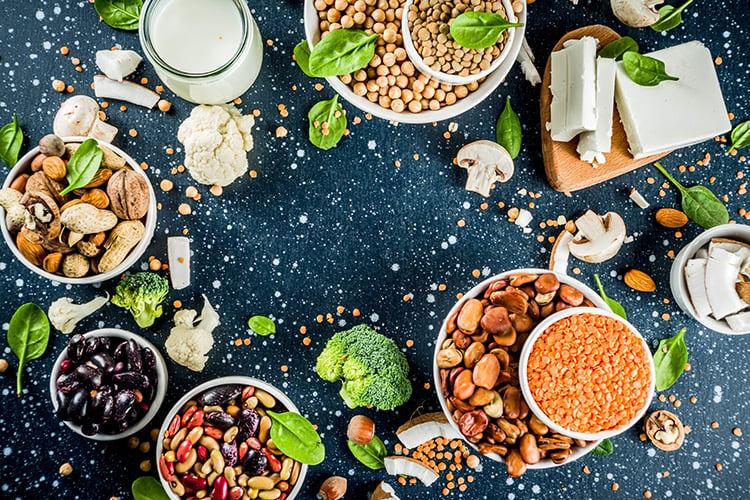 Even a small increase in vegetable protein is enough to improve our chances of a long and healthy life. Over a 32-year period, scientists have researched the nutritional habits of more than 130,000 men and women with an average age of 49.
Even a small increase in vegetable protein is enough to improve our chances of a long and healthy life. Over a 32-year period, scientists have researched the nutritional habits of more than 130,000 men and women with an average age of 49.
The 2016 study (1) showed that even a slight increase in the amount of protein from vegetable sources could reduce the risk or mortality. Participants who changed their diets to include more vegetable protein during the study − increasing their intake of vegetable protein by just three percent − reduced their risk of mortality by ten percent. With regard to cardiovascular disease, the risk of premature death was reduced by 12 percent. The study is just one indication that we should eat more vegetable protein.
Conscious selection of protein source
Whether we opt for animal or vegetable protein, we also need to consider the biological value of the foods we eat. Not every food supplies protein with a high biological value. The biological value is a measure of the efficiency with which our body can convert a protein into its own system. The higher the value of a protein, the closer it is to our own physical amino acid pattern and the easier it is to metabolise. Whole egg serves as a reference value with an index value of 100. High value proteins can be found in milk and meat products, as well as in potatoes, pulses, rice and wheat germ.
Whether we opt for animal or vegetable protein, we also need to consider the biological value of the foods we eat.
Finding the right balance is the basis of an optimum protein intake and a healthy life. Combining animal and vegetable protein increases the biological value, as both sources complement each other (2). If you combine beef with potatoes in one meal, for example, the bioavailability increases to 114 index points (3). Beef with a side dish of a low-protein green salad reduces the value to 93 points. The same applies to vegetable sources of protein. A lunch comprising equal quantities of beans and corn puree achieves a biological value of 101.
So what constitutes a balanced diet? It includes food diversity with a preponderance of vegetables, fruits and whole grain products – and some restraint when it comes to animal protein sources.
Less is more
A lack of dietary protein is no longer commonplace in Europe. It mainly affects particular population groups such as girls and young women who eat too little or choose an unbalanced diet for the sake of their figure, as well as vegans and people over 70. In older people, the calorie requirement reduces but they need more high-quality protein or protein with a higher biological value. The Federal Office of Public Health (4) recommends a daily protein intake of 0.8 grams per kilogram of bodyweight for older people. Discussions are currently ongoing as to whether the recommended intake should be increased.
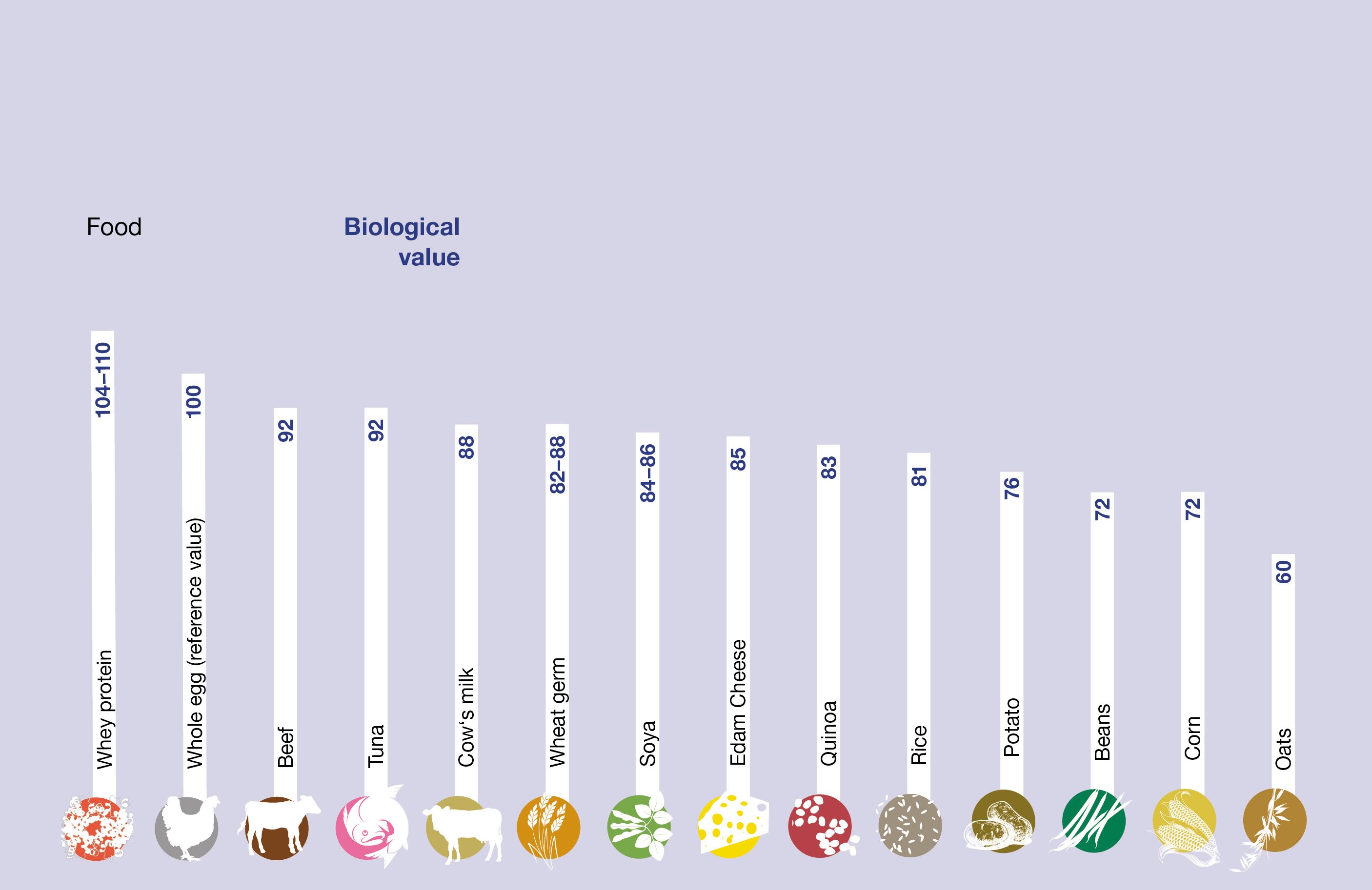
Sources
1) Teresa T. Fung et al: Association of Animal and Plant Protein Intake With All-Cause and Cause-Specific Mortality; JAMA Intern Med.2016;176(10):1453-1463. doi:10.1001/jamainternmed.2016.4182 (http://jamanetwork.com/journals/jamainternalmedicine/article-abstract/2540540).
2) Simone Herzer, Apotheken Umschau (2015). Was sind eigentlich Eiweisse (http://www.apotheken-umschau.de/eiweiss).
3) BioTech USA. Proteinquellen geschickt kombinieren (http://www.biotechnutrition.de/your-body/2016/10/06/Proteinquellen-geschickt-kombinieren/).
4) Federal Food Safety and Veterinary Office FSVO



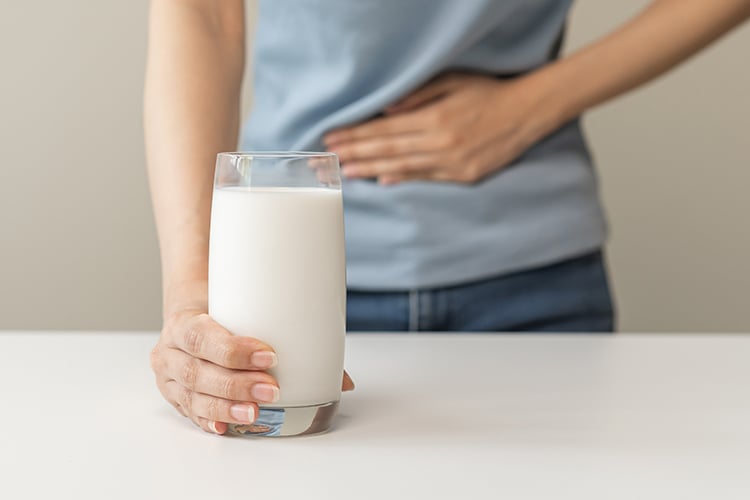
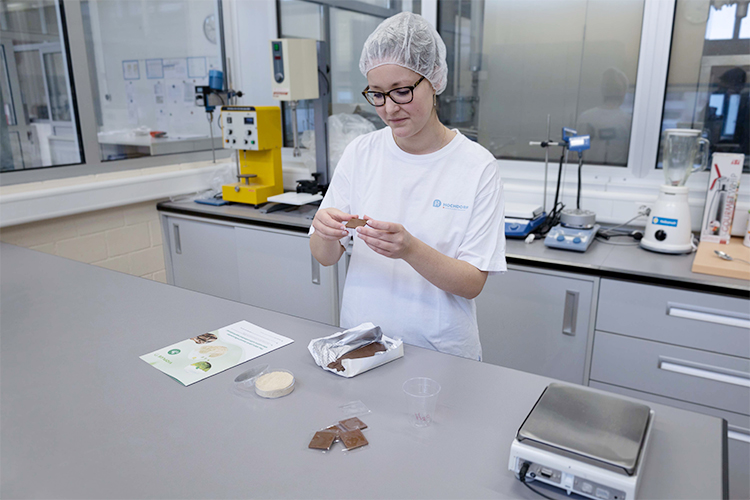
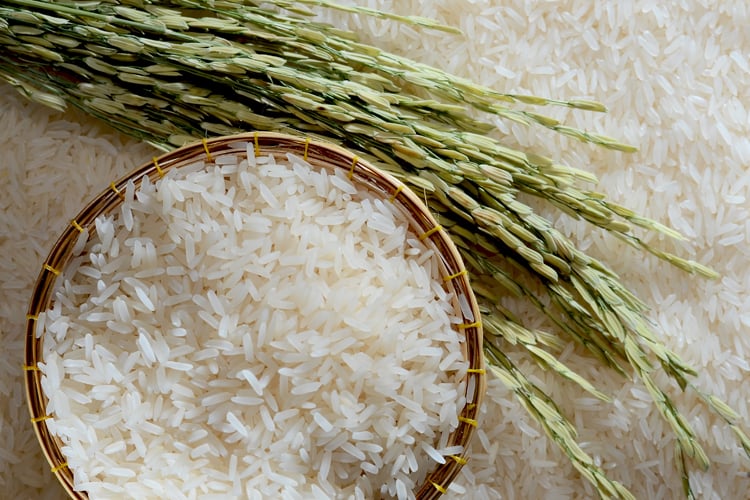



Leave a comment